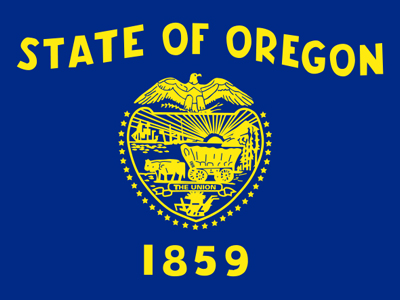
After calculating how many of the mixtures the majority of people could tell apart, the researchers were able to predict how people would fare if presented with every possible mixture that could be created from the 128 different odor molecules. Predictably, the more overlap there was between two types of mixtures, the harder they were to tell apart. The researchers then presented people with three vials, two of which contained identical mixtures while the third contained a different concoction, and asked them to pick out the smell that didn’t belong. Starting with 128 different odor molecules, they made random mixtures of 10, 20, and 30 odor molecules, so many that the smell produced was unrecognizable to participants. This happens because the thalamus sends smell information to the hippocampus and amygdala, key brain regions involved in learning and memory.Īlthough scientists used to think that the human nose could identify about 10,000 different smells, Vosshall and her colleagues have recently shown that people can identify far more scents. You’ve probably experienced that a scent can also conjure up emotions and even specific memories, like when a whiff of cologne at a department store reminds you of your favorite uncle who wears the same scent. This coupling of smell and taste explains why foods seem lackluster with a head cold. "The olfactory system is critical when we're appreciating the foods and beverages we consume," says Monell Chemical Senses Center scientist Charles Wysocki. What we often attribute to the sense of taste is actually the result of this sensory integration. The thalamus transmits some of this smell information to the orbitofrontal cortex, where it can then be integrated with taste information.

Smell information also goes to the thalamus, a structure that serves as a relay station for all of the sensory information coming into the brain. One of these areas is the piriform cortex, a collection of neurons located just behind the olfactory bulb that works to identify the smell.

Once an odor molecule binds to a receptor, it initiates an electrical signal that travels from the sensory neurons to the olfactory bulb, a structure at the base of the forebrain that relays the signal to other brain areas for additional processing.
#Part of thebrain that helps keep eyes focused on one thing code#
This neural code begins with the nose’s sensory neurons. And what we think of as a single smell is actually a combination of many odor molecules acting on a variety of receptors, creating an intricate neural code that we can identify as the scent of a rose or freshly-cut grass. The complexity of receptors and their interactions with odor molecules are what allow us to detect a wide variety of smells. The other eight don’t fit as well, and it takes more jiggling to get the door open," explains Vosshall. Two of the keys are a perfect fit and open the door easily. "Think of a lock that can be opened by 10 different keys. However, the forces that bind receptors and odor molecules can vary greatly in strength, so that some interactions are better “fits” than others.


(For comparison, dogs have about two times as many.) Each receptor can be activated by many different odor molecules, and each odor molecule can activate several different types of receptors. People have about 450 different types of olfactory receptors. The receptors are like locks and the keys to open these locks are the odor molecules that float past, explains Leslie Vosshall, a scientist who studies olfaction at Rockefeller University. The tips of these cells contain proteins called receptors that bind odor molecules. Smell begins at the back of nose, where millions of sensory neurons lie in a strip of tissue called the olfactory epithelium. But 5 percent of our DNA is devoted to olfaction, a fact that emphasizes how important our sense of smell is, he said. "We're not that acutely aware of our use of olfaction in daily living," explains Noam Sobel, a scientist who studies smell at the Weizmann Institute of Science.


 0 kommentar(er)
0 kommentar(er)
